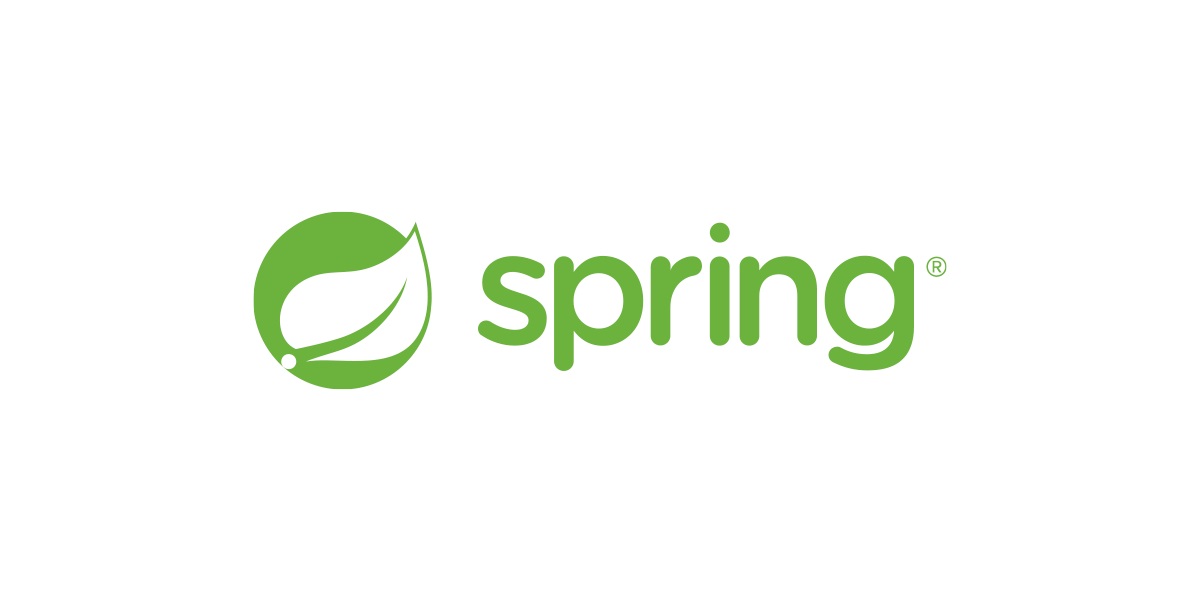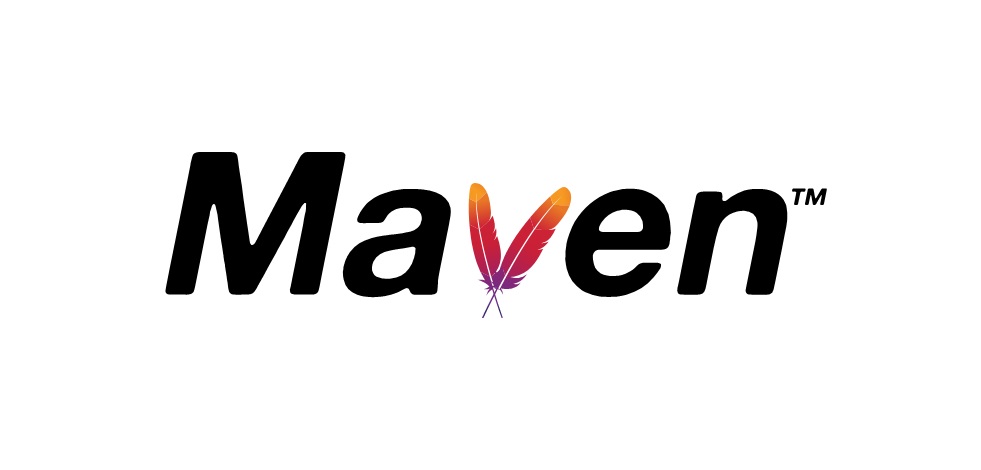Solidity programming language - The future in blockchain
Published

Solidity is a programming language specifically designed for the development of smart contracts on the Ethereum platform. Blockchain was developed. It is an object-oriented language based on C++ and has a similar syntax. Solidity is one of the most commonly used languages for the development of smart contracts and is used by many developers around the world.
| Solidity | Description |
|---|---|
| Purpose | Solidity is a programmable contract language developed for the development of smart contracts on Ethereum. |
| Intended use | Solidity is used to create smart contracts for decentralized applications (DApps) on the Ethereum platform. |
| Typing | Solidity is statically typed, which means that variables and functions must have a specific type. |
| Syntax | The syntax of Solidity is similar to that of C++, which makes it suitable for developers with knowledge of C++, Java or JavaScript is relatively easy to learn. |
| Smart Contracts | Solidity enables the definition and implementation of smart contracts, which are self-executable contracts that are automatically executed when certain conditions are met. |
| Inheritance | Solidity supports inheritance so that smart contracts can inherit code and functionalities from other smart contracts. |
| Events | With Solidity, events can be defined to record and display information about specific actions in the smart contract. |
| Security | Solidity requires careful code reviews to minimize security risks, as smart contracts on Ethereum cannot be modified or reversed. |
| Development environment | Solidity can be used in development environments such as Remix, Truffle and Visual Studio Code with the Solidity extension. |
| Community | Solidity has an active developer community that provides resources, documentation and support for developers. |
Why is Solidity important?
Smart contracts are an important part of blockchain technology and enable contracts and transactions to be processed in a secure and transparent manner. Solidity is one of the most important languages for the development of smart contracts and is used by many companies and organizations to automate and optimize their business processes.Solidity offers a variety of functions and features that enable developers to create complex smart contracts that can cover a wide range of use cases. It is a robust and secure language that allows developers to create smart contracts that are safe and reliable.Another important aspect of Solidity is that it is an open and decentralized language developed and supported by the Ethereum community. This means that developers around the world have access to Solidity and can continuously develop and improve it.Overall, Solidity is an important language for the development of smart contracts on the Ethereum blockchain and is expected to play an important role in the automation and optimization of business processes in the future.
The basics of Solidity
Solidity is a programming language specifically designed for the development of smart contracts on the Ethereum blockchain. It is an object-oriented language based on C++ and offers a variety of features required for the development of decentralized applications (DApps), and in this blog we will look at the basics of Solidity, including data types, variables, functions and control structures.
Data types
Solidity supports a variety of data types that are required for the development of smart contracts. Here are some of the most important data types:
- Boolean: This data type can be either true or false.
- Integrity: This data type can represent any integer.
- Address: This data type represents an Ethereum address.
- String: This data type represents a character string.
- Array: This data type can contain a list of values of the same data type.
- Mapping: This data type can contain an assignment of key-value pairs.
- Struct: This data type can contain a user-defined data structure.
Variablen
Variables are an important part of Solidity as they allow us to store and process data. To declare a variable in Solidity, we need to specify the data type, followed by a name for the variable.here is an example of declaring an integer variable:
uint256 myNumber;In this example, we have declared a variable called "myNumber", which has the data type "uint256". "uint256" is a data type that can represent a 256-bit integer, and we can also initialize variables when we declare them. Here is an example:
uint256 myNumber = 42;In this example, we have declared and initialized the variable "myNumber" by assigning it the value 42.
Functions
Functions are an important part of Solidity as they allow us to execute code and return results. To define a function in Solidity, we need to specify the function name, parameters and return type.here is an example of a function that adds two numbers and returns the result:
function addNumbers(uint256 a, uint256 b) public returns (uint256) { uint256 result = a + b; return result; }In this example, we have defined a function called "addNumbers" that expects two parameters of type "uint256" and returns a return value of type "uint256". In the function, we have added the two parameters and saved the result in the variable "result" before returning it.
Control structures
Control structures are an important part of Solidity as they allow us to control the flow of our code. Here are some of the most important control structures in Solidity:
- If-Statements: This control structure allows us to execute code when a certain condition is met.
- For-Loops: This control structure allows us to execute code a certain number of times.
- While-Loops: This control structure allows us to execute code as long as a certain condition is met.
- Switch-Statements: This control structure allows us to execute code based on the value of a variable.
Here is an example of an if-statement control structure:
if (myNumber > 10) { // Code to execute if myNumber is greater than 10 } else { // Code to execute if myNumber is less than or equal to 10 }In this example, we have defined an if-statement control structure that checks whether the variable "myNumber" is greater than 10. If this is the case, the code is executed within the first curly bracket. Otherwise, the code is executed within the second curly bracket.
Summary
In this blog, we have looked at the basics of Solidity, including data types, variables, functions and control structures. Solidity is a powerful programming language that allows us to develop smart contracts on the Ethereum blockchain. By understanding these fundamentals, we can develop more effective and efficient smart contracts that meet the needs of our applications.
Smart Contracts mit Solidity
Was sind Smart Contracts?
Smart contracts are self-executing contracts that are executed on a blockchain platform. They are able to execute transactions between parties without the need for a central authority. Smart contracts are usually written in a programming language and can contain various conditions and rules that are automatically executed when certain events occur.An example of a smart contract could be a contract between a buyer and a seller that governs the buying and selling of goods. The smart contract would define the terms of the contract, such as the price, delivery terms and payment terms. Once the conditions are met, the smart contract would automatically release the payment to the seller and deliver the goods to the buyer.
Creation of smart contracts with Solidity
Solidity is a programming language specifically designed for creating smart contracts on the Ethereum blockchain. It is an object-oriented language based on C++ that allows developers to create complex smart contracts. To create a smart contract with Solidity, you must first set up a development environment that supports Solidity. There are various development environments that you can use, such as Remix or Truffle, and once you have set up your development environment, you can start creating your smart contract. You will first need to define the conditions and rules of the contract and then write the code that will automatically execute these conditions and rules.An example of a Solidity smart contract could look like this:
pragma solidity ^0.8.0;contract MyContract { uint256 public myVariable; function setMyVariable(uint256 _value) public { myVariable = _value; } }This smart contract contains a public variable called "myVariable", which can be read by anyone on the blockchain. It also contains a function called "setMyVariable", which allows the user to change the value of "myVariable".
Deployment von Smart Contracts
Once you have created your smart contract with Solidity, you need to deploy it to the blockchain so that it can be executed. This process is called "deployment" and usually requires the use of an Ethereum wallet and the payment of gas fees.to deploy your smart contract, you must first set up an Ethereum wallet and deposit Ether into your account. You will then need to import your smart contract code into your development environment and start the deployment process, during which you will need to pay the gas fees required to run the smart contract on the blockchain. These fees vary depending on the size and complexity of the smart contract.Once your smart contract has been deployed, it will run on the blockchain and can be invoked by other users to execute transactions.Overall, Solidity offers a powerful and flexible way to create and deploy smart contracts on the Ethereum blockchain. With the right development environment and a little experience, developers can create complex and secure smart contracts that are automatically executed when certain conditions are met.
Advanced concepts in Solidity
Inheritance
Inheritance is a concept in object-oriented programming that makes it possible to create a class based on another class. In Solidity, inheritance can be used to extend and improve the functionality of contracts; a contract can inherit another contract class by using the keywords "is" or "extends". The inheriting class receives all functions and variables of the inherited class and can overwrite or extend them.an example of inheritance in Solidity:
contract Animal { string public name; constructor(string memory _name) { name = _name; } function speak() public virtual returns (string memory) { return "Animal sound"; } } contract Dog is Animal { function speak() public override returns (string memory) { return "Woof"; } contract Cat is Animal { function speak() public override returns (string memory) { return "Meow"; } }In this example, the "Dog" class inherits from the "Animal" class and overwrites the "speak" function to return the sound "Woof". The "Cat" class also inherits from "Animal" and overwrites the "speak" function to return the sound "Meow".
Abstract contracts
Abstract contracts are contracts that are not implemented and only serve as a template for other contracts. They can be defined as an interface that must be implemented by other contracts, for example an abstract contract in Solidity:
abstract contract Animal { function speak() public virtual returns (string memory); } contract Dog is Animal { function speak() public override returns (string memory) { return "Woof"; } } contract Cat is Animal { function speak() public override returns (string memory) { return "Meow"; } }In this example, the "Animal" contract is defined as abstract and only contains the "speak" function, which must be implemented by other contracts. The "Dog" and "Cat" classes both implement the "speak" function and inherit from "Animal".
Libraries
Libraries are reusable blocks of code that can be used in Solidity to reduce the size of contracts and improve maintainability. Libraries can be defined as contracts that have no memory data and only contain functions, an example of a library in Solidity:
library Math { function add(uint256 a, uint256 b) internal pure returns (uint256) { uint256 c = a + b; require(c >= a, "Math: addition overflow"); return c; } function sub(uint256 a, uint256 b) internal pure returns (uint256) { require(b <= a, "Math: subtraction overflow"); uint256 c = a - b; return c; } }In this example, the library "Math" is defined, which contains the functions "add" and "sub". These functions can be used by other contracts by importing the library and calling the functions.
Events
Events are a way of providing information about changes in the status of a contract. They can be subscribed to by other contracts or by external applications in order to be informed about changes in the status of the contract:
contract MyContract { event NewUser(address indexed user, string name); function addUser(string memory _name) public { emit NewUser(msg.sender, _name); } }In this example, the "NewUser" event is defined, which is triggered when a new user is added. The event contains the user and the name of the user as parameters. The event is triggered by calling the "addUser" function and firing the event with the appropriate parameters.Overall, inheritance, abstract contracts, libraries and events are advanced concepts in Solidity that make it possible to extend and improve the functionality of contracts. By using these concepts, developers can create complex smart contracts that are robust and maintainable.
Security in Solidity
Solidity is a programming language used for the development of smart contracts on the Ethereum blockchain. Smart contracts are self-executing contracts that are executed on the blockchain and enable a variety of applications, from managing assets to conducting elections, and because smart contracts are executed on the blockchain, they are immutable and unchangeable. This means that once a smart contract has been published on the blockchain, it cannot be changed. It is therefore crucial that smart contracts are secure and error-free before they are published on the blockchain.
Avoidance of attacks
There are a number of attacks that can target smart contracts. Some of the most common attacks are:
Reentrancy attacks
Reentrancy attacks occur when a smart contract calls a function that calls another smart contract before the original function is completed. This can cause the original smart contract to enter an unexpected state and become vulnerable to attack.To avoid reentrancy attacks, developers should ensure that all functions are fully completed before calling other smart contracts.
Integer overflow attacks
Integer overflow attacks occur when a variable in a smart contract reaches a value that is greater than the maximum value it can store. This can cause the smart contract to enter an unexpected state and become vulnerable to attack.To avoid integer overflow attacks, developers should ensure that all variables in a smart contract have the correct size and that all calculations are performed within the limits of the variables.
Front running attacks
Front-running attacks occur when an attacker observes a transaction on the blockchain and attempts to execute a similar transaction before the original transaction is completed. This can cause the original smart contract to enter an unexpected state and become vulnerable to attack.To avoid front-running attacks, developers should ensure that all transactions on the blockchain are encrypted and that all variables in a smart contract are the correct size and that all calculations are performed within the limits of the variables.
Best practices for Solidity development
To ensure that smart contracts are secure and error-free, developers should follow these best practices:
Use of libraries
Libraries are predefined functions that can be used in a smart contract. By using libraries, developers can ensure that their smart contracts are secure and error-free, as the libraries have already been tested and validated.
Use of tests
Testing is an important part of Solidity development. By using tests, developers can ensure that their smart contracts are secure and error-free before they are published on the blockchain.
Use of safety tools
There are a number of security tools that developers can use to verify their smart contracts and ensure that they are secure and error-free. Some of the most popular security tools are Mythril and Securify.
Use of Solidity versions
Solidity is constantly evolving, and it's important that developers use the latest versions of Solidity to ensure their smart contracts are secure and bug-free.
Use of safety audits
Security audits are an important part of Solidity development. By conducting security audits, developers can ensure that their smart contracts are secure and bug-free before they are published on the blockchain.Overall, it is crucial that developers ensure that their smart contracts are secure and bug-free before they are published on the blockchain. By using best practices and security tools, developers can ensure that their smart contracts are secure and error-free and that they can take full advantage of blockchain technology.
Tools and resources for Solidity development
Solidity is a programming language used for the development of smart contracts on the Ethereum blockchain. It is a relatively new language that is rapidly developing and growing. If you are a developer looking to learn Solidity or already working with it, there are a variety of tools and resources that can help you make your job easier and improve your skills. In this blog, we will share some of the best tools and resources for Solidity development.
Development environments
An IDE is a software application that helps developers write, test and debug code. Here are some of the best IDEs for Solidity development:
Remix
Remix is a web-based IDE designed specifically for the development of smart contracts on the Ethereum blockchain. It is one of the most popular IDEs for Solidity development and offers a variety of features, including real-time code review, debugging tools and integration with the Ethereum blockchain.
Visual Studio Code
Visual Studio Code is a powerful and flexible IDE used by many developers for developing Solidity code. It offers a variety of features, including syntax highlighting, code completion and debugging tools.
Truffle Suite
Truffle Suite is a collection of tools specifically designed for the development of smart contracts on the Ethereum blockchain. It includes an IDE called Truffle IDE, which offers a variety of features including automated testing, debugging tools and integration with the Ethereum blockchain.
Debugging-Tools
Debugging is an important part of the development process that helps developers find and fix bugs in their code. Here are some of the best debugging tools for Solidity development:
Remix Debugger
Remix Debugger is a powerful tool that is integrated into the Remix IDE. It enables developers to debug their Solidity code line by line and quickly find and fix errors.
Ganache
Ganache is a local Ethereum blockchain emulator that helps developers test and debug their smart contracts. It offers a variety of features, including the ability to simulate transactions and monitor the health of the blockchain.
Truffle Debugger
Truffle Debugger is a powerful tool that is integrated into the Truffle IDE. It allows developers to debug their Solidity code line by line and quickly find and fix errors.
Community-Ressourcen
The Solidity community is a vibrant and growing community of developers focused on developing smart contracts on the Ethereum blockchain. Here are some of the best community resources for Solidity development:
Ethereum Stack Exchange
Ethereum Stack Exchange is a Q&A website where developers can ask and answer questions about Solidity development and other topics related to the Ethereum blockchain.
Solidity documentation
The Solidity documentation is a comprehensive resource to help developers understand and work effectively with the language. It contains a variety of examples, tutorials and reference materials.
Solidity-Github-Repository
The Solidity Github repository is an important resource for developers who want to participate in Solidity development. It contains the source code for the language as well as a variety of tools and resources for developers.Overall, there are a variety of tools and resources that can help developers improve their Solidity development skills. From IDEs and debugging tools to community resources, there are many ways to make your job easier and improve your skills. If you're new to Solidity development or already working with it, be sure to check out these tools and resources.








